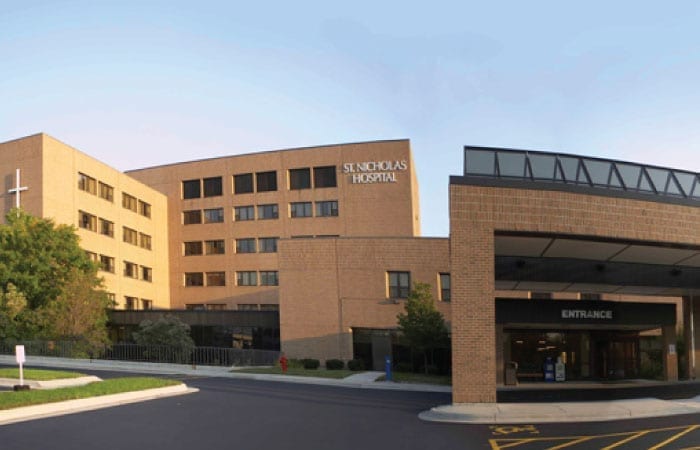Dr. Arun Sherma Explains “The Value of a Neurology Teleconsultation”
With the nation facing a shortage of physicians, remote neurology teleconsultation is critical to providing the appropriate diagnosis and treatment plan for patients in communities without access to neurologists.
“There is not enough of us to provide care for every patient for every hospital in the country,” says Dr. Sherma, Neurologist and Neurology Telemedicine Provider. “With this kind of service, I am available for your hospital system at anytime, when you need it. This saves cost, as you don’t have to transfer patients. I’m available at any time so patient care improves.”
Hear Dr. Sherma answer a variety of questions about neurology teleconsultation, including:
- How do hospitals and staff benefit from having TeleNeurology expertise available?
- How do you interact with onsite staff members?
- How do you diagnose a patient using telemedicine? How long does it take to diagnose a patient?
- How do you use the technology to perform the exam?
- How do neurology teleconsultation benefit patients?

